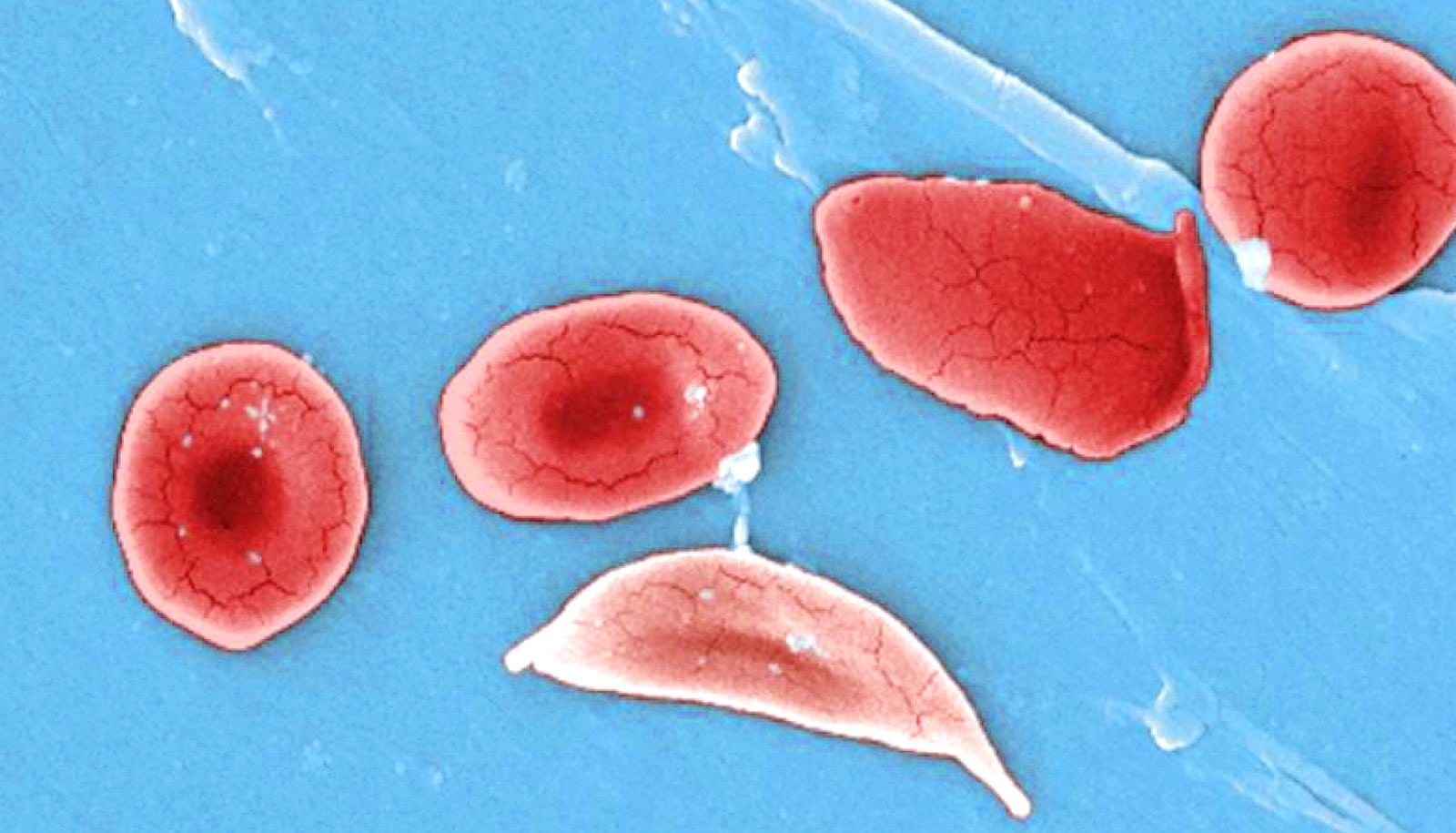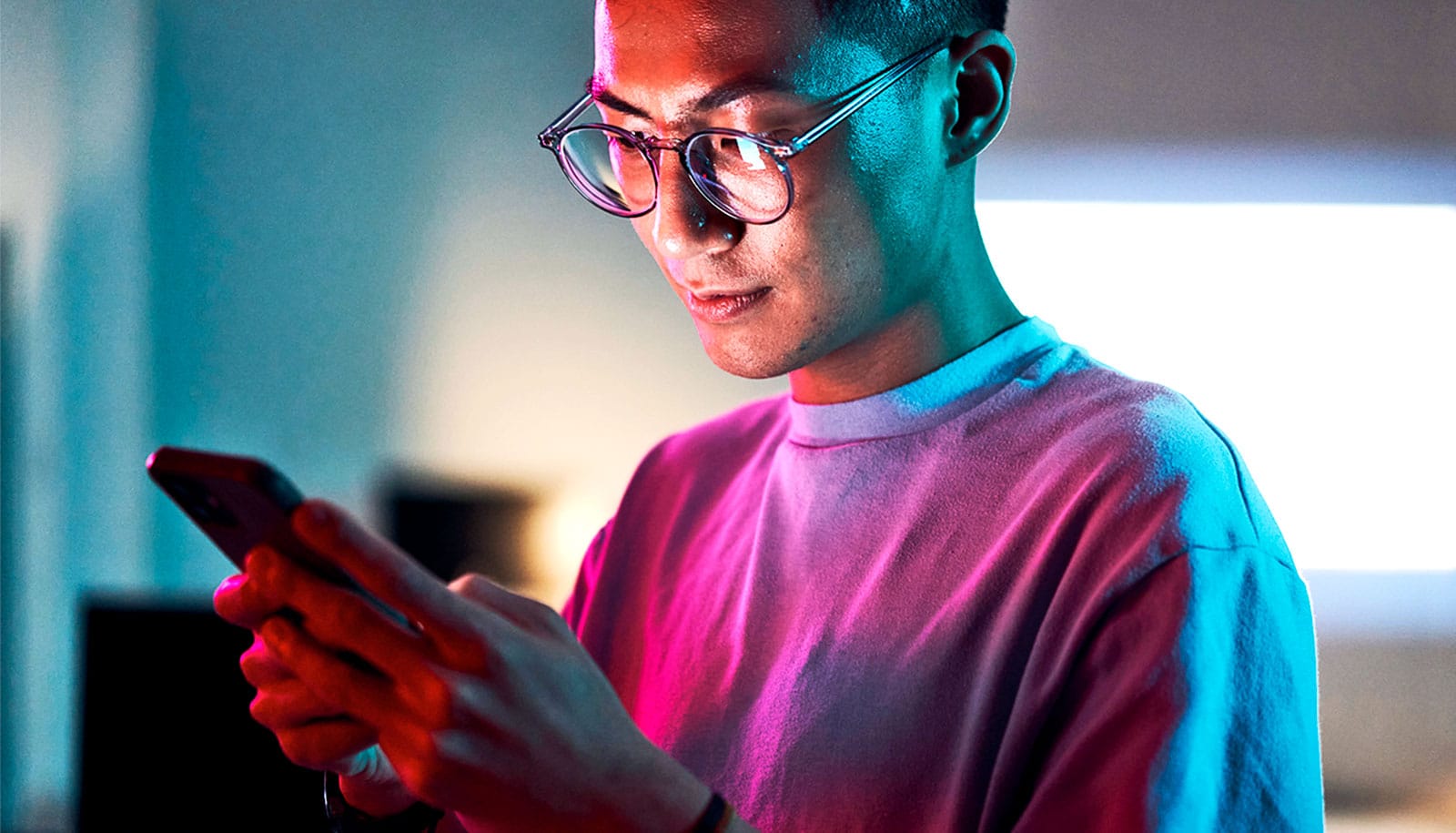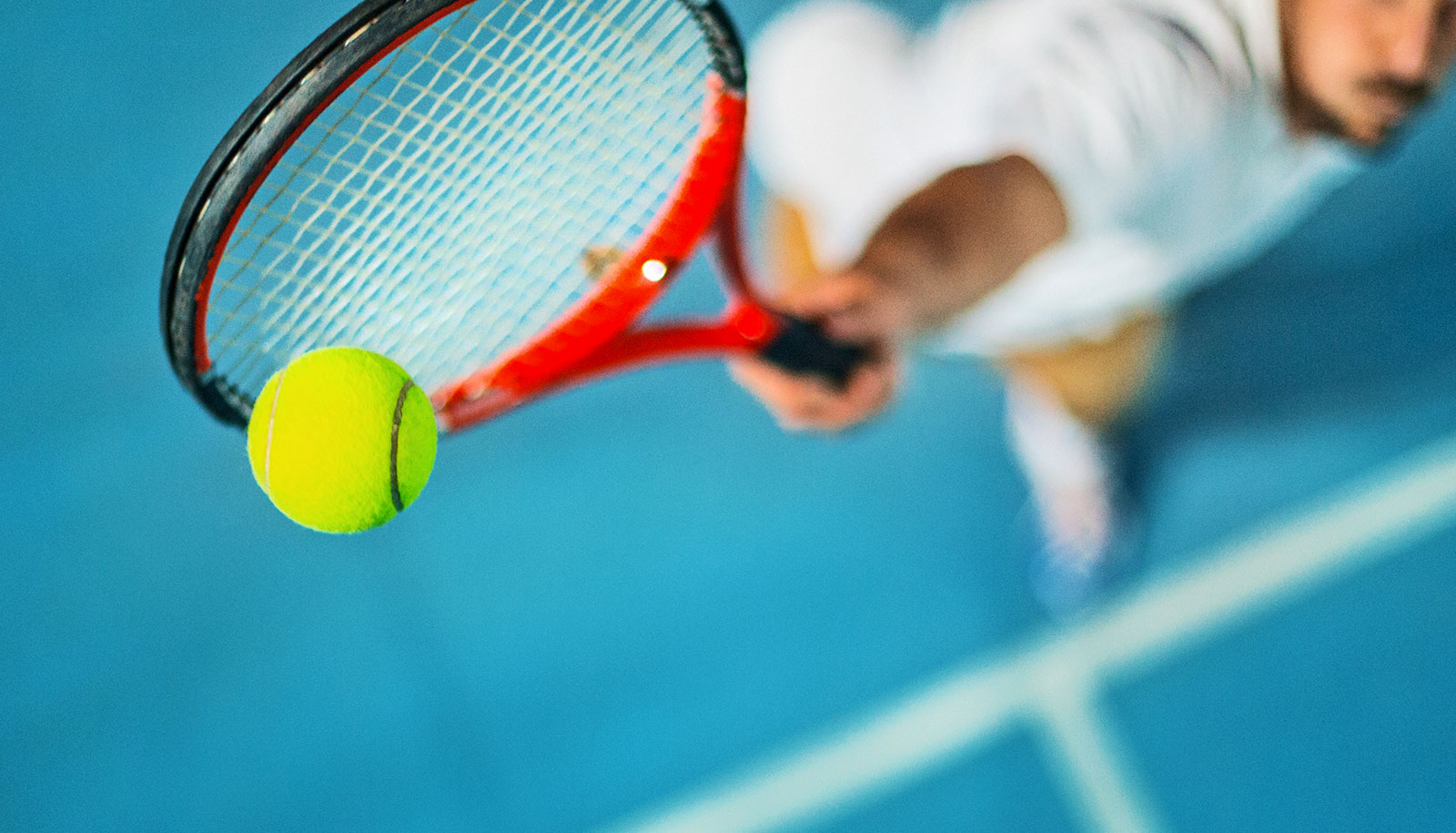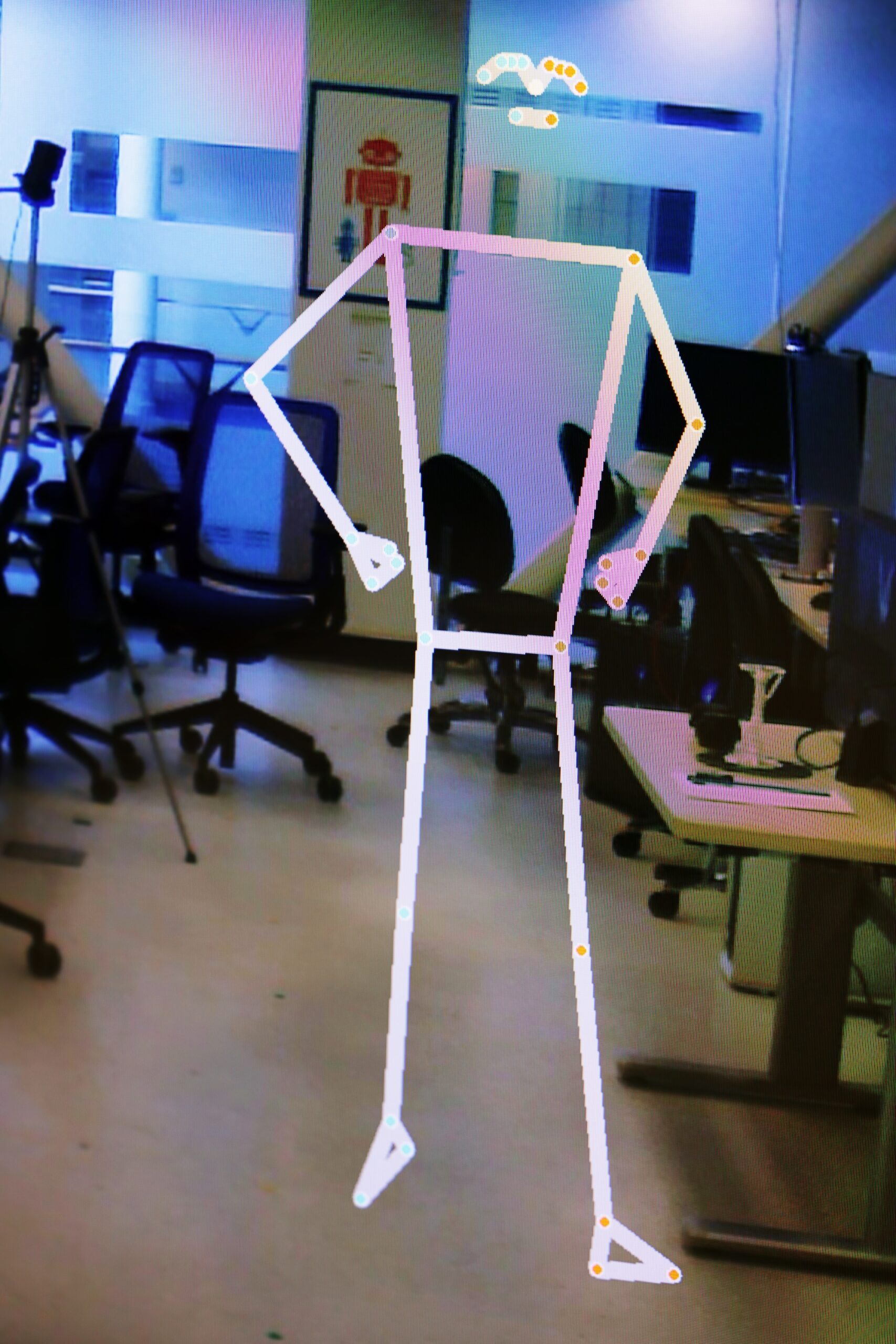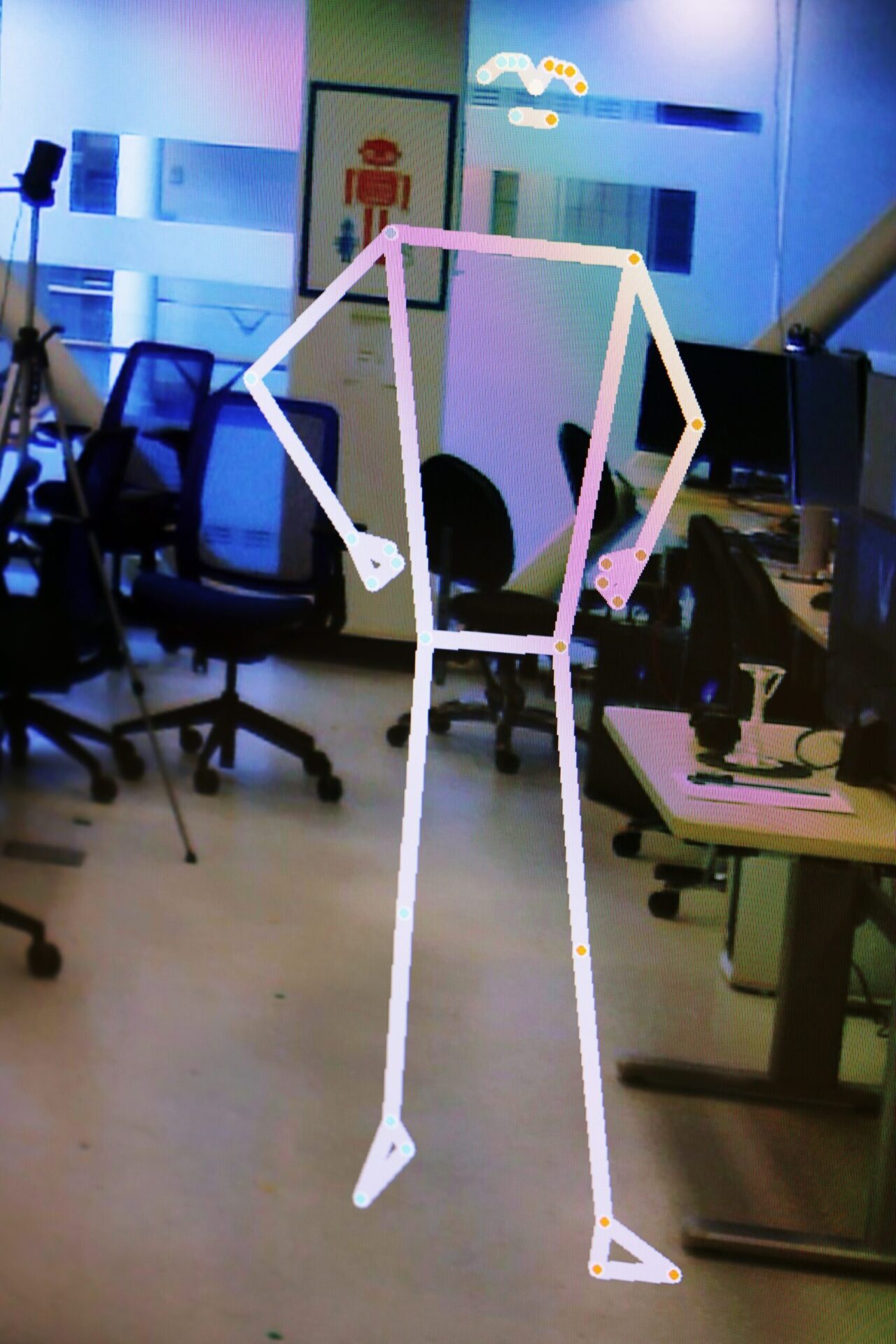In a new study, researchers were able to predict a person’s response to emotionally charged scenes using brain imaging and computer modeling alone.
The researchers could gauge not only whether the person’s reaction was positive, negative, or neutral, but also how strong the reaction was.
The study helps neuroscientists understand how the brain represents complex emotional natural stimuli, according to senior author Sonia Bishop, adjunct associate professor of neuroscience at the University of California, Berkeley, and the newly appointed chair of psychology at Trinity College Dublin.
The simple tasks used in the research will also make it easier to study autism spectrum disorder, where researchers seek to understand how individuals differ in processing everyday emotional stimuli.
The study appears in the journal Nature Communications.
“It is hugely important for all species to be able to recognize and respond appropriately to emotionally salient stimuli, whether that means not eating rotten food, running from a bear, approaching an attractive person in a bar, or comforting a tearful child,” says Bishop, who is also a member of UC Berkeley’s Helen Wills Neuroscience Institute.
“How the brain enables us to respond in a nuanced way to emotionally charged situations and stimuli has long been of interest, but little is known about how the brain stores schemas or neural representations to support the nuanced behavioral choices we make in response to emotional natural stimuli.”
In addition, few studies have looked beyond a simple binary reaction—approach or avoid, fight or flight—when humans clearly have a more nuanced response.
“Neuroscience studies of motivated behavior often focus on simple approach or avoidance behaviors, such as lever-pressing for food or changing locations to avoid a shock,” she says.
“However, when faced with natural emotional stimuli, humans don’t simply choose between ‘approach’ or ‘avoid.’ Rather, they select from a complex range of suitable responses. So, for example, our avoid response to a large bear—leave the area ASAP—is different to our avoid response to a weak, diseased animal—don’t get too close. Similarly, our approach response to the positive stimuli of a potential mate differs from our approach reaction to a cute baby.”
In the new study, led by former UC Berkeley doctoral student Samy Abdel-Ghaffar, who is now at Google, human volunteers were shown a variety of natural images—a baby’s face, a snarling dog, a person vomiting—chosen to evoke an emotional response. The researchers measured the participants’ 3D brain activity with a functional magnetic resonance imager (fMRI). They also asked the participants to rate the images as positive, negative, or neutral and reported the degree of emotional arousal to each.
Analysis of brain-wide activity showed that regions of the occipital temporal cortex, located in the back of the brain, are tuned to represent both the type of stimulus—single human, couple, crowd, reptile, mammal, food, object, building, landscape—and the emotional characteristics of the stimulus. For example, positive high-arousal faces were represented in slightly different regions than negative high-arousal faces or neutral low-arousal faces.
“Our research reveals that the occipital temporal cortex is tuned not only to different categories of stimuli; it also breaks down these categories based on their emotional characteristics in a way that is well suited to guide selection between alternate behaviors,” Bishop says.
Abdel-Ghaffar then used machine learning, a type of artificial intelligence, to predict the response of a second group of volunteers to the same images based solely on the stable tuning patterns in the occipital temporal cortex. He found that he could. In fact, analyzing brain activity was a better predictor of participants’ reactions than a machine learning assessment of the emotional aspects of the actual images.
“This suggests that the brain chooses which information is important or not important to represent and holds stable representations of sub-categories of animate and inanimate stimuli that integrate affective information and are optimally organized to support the selection of behaviors to different types of emotional natural stimuli,” Bishop says.
She notes also that “the paradigm used does not involve a complex task, making this approach suitable in the future, for example, to further understanding of how individuals with a range of neurological and psychiatric conditions differ in processing emotional natural stimuli.”
Additional coauthors are from UC Berkeley, the University of Texas at Austin, and the University of Nevada Reno.
Funding for the research came from the National Institutes of Health.
Source: UC Berkeley


